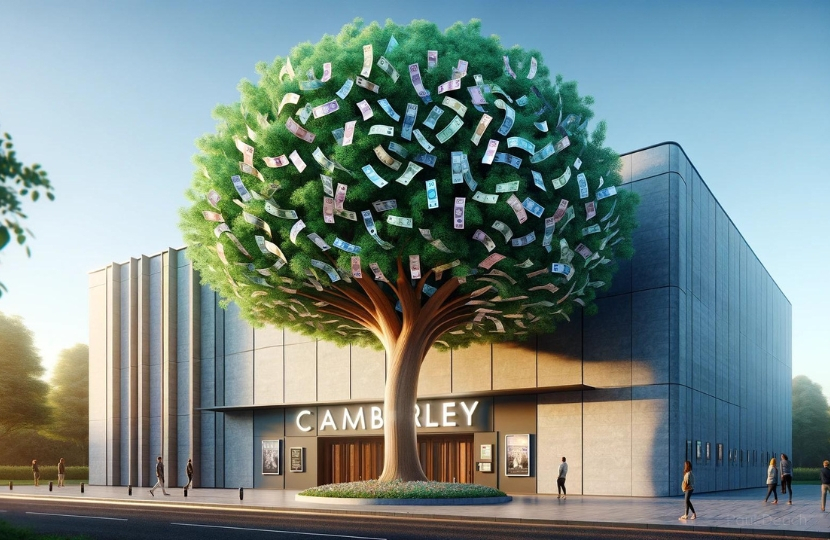
The stage is set at Surrey Heath Borough Council for a heated debate over a proposed £625,000 investment in Camberley Theatre, amidst a backdrop of reduced annual subsidies and rising costs. As the curtains part to reveal the council's financial decisions, the plot thickens with questions over fiscal responsibility and community priorities.
The theatre, which reported an expenditure of £1.28 million against an income of £1.15 million for 2022/23, finds itself at a fiscal crossroads. The council’s contribution has been trimmed to the lowest in years—£130,000, down from £266,000 the previous year. This reduction comes despite an increase in theatre-goers post-pandemic and cost-cutting efforts led by the Venue Manager.
However, the Liberal Democrat administration at Surrey Heath, having criticised the previous Conservative leadership for alleged financial mismanagement, now finds itself under the spotlight. Their proposal to inject £625,000 into RAAC remediation works at the theatre is seen as particularly contentious. This is in light of the council’s recent unpopular decisions to hike car parking charges across the borough and slash the one-hour free parking period to a mere 30 minutes, a move that many deem as damaging to the local economy. These actions stand in stark contrast to their heavy investment in the theatre, prompting some to question the council’s prioritisation of financial resources.
Supporters argue the funding is an investment in the arts—a beacon of culture and community that yields returns not easily quantified on balance sheets.
Detractors, on the other hand, wield the new financial figures like a dagger in the heart of the proposal. They decry the theatre's continued need for subsidies, highlighting a projected annual council tax payer funded contribution of £160,000 due to necessary RAAC investigations and an additional £40,000 incurred from legislative changes in staffing.
The Lib Dem administration's apparent magic act in finding funds for the theatre, while praiseworthy for its commitment to cultural infrastructure, is seen by some as conjuring money from a magic money tree. It raises the curtain on the enduring debate over the role of public funds in supporting entities that operate at a massive loss, despite their cultural value.
As the council prepares for a debate on the executive paper next week, the storyline is ripe with tension and anticipation. Will the decision to proceed with the theatre's refurbishment be a standing ovation for foresight or a financial misstep to be played out in acts to come?

